According to Jean Kim, M.D.’s 2017 article in Psychology Today, “Why Do People Follow Tyrants?”, an effective tyrant recognizes and responds to certain fundamental human desires. The tyrant’s strength and authority may allow him or her to present himself or herself as a parental figure, caring for an entire nation. Sometimes the nation’s parental figure is also its adolescent. A tyrant’s willingness to transgress legal boundaries may also contribute to his or her appeal. Perhaps none of the rulers on this list are admirable, but all of them were (or, in some cases, are) very popular tyrants.
10. Queen Elizabeth I (England)
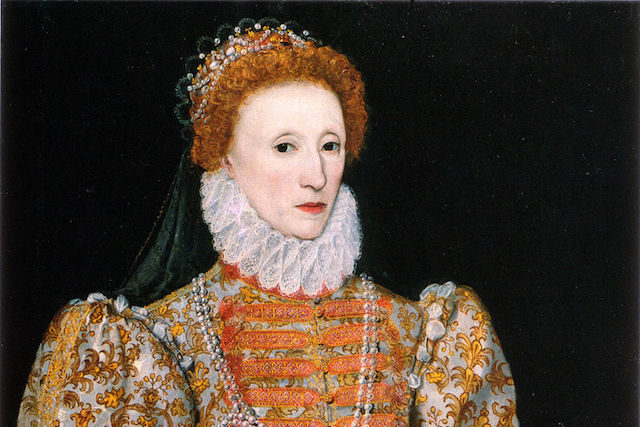
In a 2013 article written in honor of the birth of Prince William and Kate Middleton’s first child, George, Business Insider compiled a list of the 10 greatest monarchs in British history. Queen Elizabeth I was one of only three queens listed. It’s understandably tempting to laud or critique Queen Elizabeth by comparing her to contemporary female political figures. However, it’s equally important to remember she was beloved by her own subjects in her own time. She couldn’t possibly have been a feminist monarch — the concept of feminism didn’t exist in 16th century England — but she was certainly a popular one. Unlike her half-sister, the staunchly Catholic Queen Mary I of England, who charged nearly 300 English Protestants with heresy and burned them at the stake, the Protestant Queen Elizabeth I didn’t publicly persecute Catholics.
Instead, she privately entrusted the task to the Protestant diplomat and statesman Sir Francis Walsingham. Walsingham wasn’t instructed to kill practicing Catholics, unless they were plotting to overthrow Queen Elizabeth I and put a Catholic monarch on the throne. Queen Elizabeth’s rule may have been popular, but she was still an inflexible authoritarian. Walsingham skillfully employed code breaking, double agents, and deliberate disinformation campaigns to surveil Queen Elizabeth’s Catholic subjects. Catholic priests were executed for the act of saying Mass, because Masses were banned. Walsingham would not necessarily execute priests’ openly Catholic parishioners, but he would fine them, imprison them, or seize their lands and goods. His actions were sanctioned by Queen Elizabeth I, but she was never publicly held accountable. This is likely due to two factors. First, Elizabeth ruled as an absolute monarch. According to that political system, her succession was ordained by God. She was directly accountable to her savior, not her subjects, for her conduct. Second, Walsingham was careful to keep both his actions and the nature of his relationship to the queen a secret. 16th century chronicler William Camden said of Walsingham, “He saw every man, and none saw him.”
9. Mustafa Kemal Atatürk (Turkey)
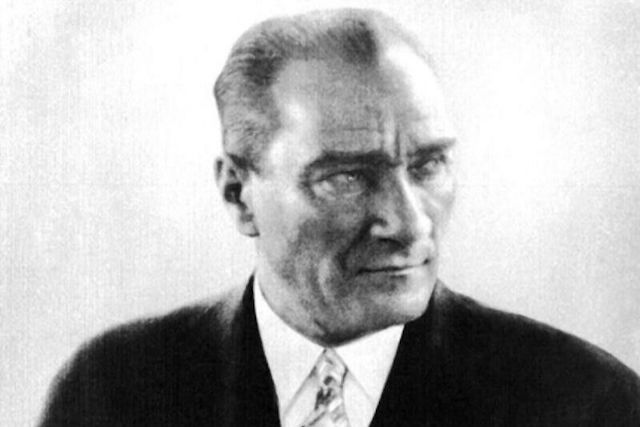
Mustafa Kemal Atatürk was the first president of the Republic of Turkey, and he’s still called “The Father of Modern Turkey.” As is the case with many of the political figures on this list, it’s important not to judge a leader by his title. Atatürk may have been a president, but his leadership was not democratic. He unilaterally imposed reforms on his country, including modernizing Turkey’s legal and educational systems and formalizing the country’s language and its alphabet. He strongly encouraged his people to adopt Western cultural practices.
Atatürk was a unifying ruler, partially because he successfully crafted and controlled his public image as the benevolent father of Turkey. A cult of personality is a group of loyalists who create favorable (and sometimes false) narratives regarding the sociocultural and socio-historical significance of a political leader. Though he died in 1938, the narratives valorizing Atatürk are still widely accepted within Turkish culture, and he has a favorable reputation. His busts stand in Turkey’s public spaces, and his image is (unlawfully) superimposed on images of Turkey’s flag. His popularity is relevant to Turkey’s future as well as its past. The current Turkish president, Tayip Erdogan, has been criticized for attempting to usurp Atatürk’s legacy.
8. Genghis Khan (Mongol Empire)
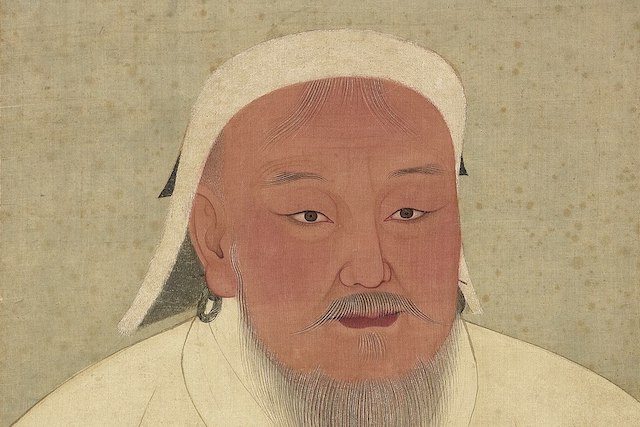
Unlike most of the people on this list, Genghis Khan wasn’t the leader of a single country. After he became the Mongols’ leader in 1206, Khan conquered China, Mongolia, Korea, Persia (now called Iran), Pakistan, Afghanistan, Turkmenistan, Uzbekistan, Tajikistan, Armenia, and parts of Russia, India, Hungary, Burma, Vietnam, Thailand, and Cambodia. Khan was a shrewd military tactician. He is estimated to have killed 40 million people. He regularly practiced nepotism, ensuring his soldiers’ and advisors’ loyalty by placing members of his own family in venerable positions.
Khan was a ruthless conqueror, but he wasn’t necessarily an unjust ruler. Like the Romans, whom we mentioned on a previous list, Khan allowed inhabitants of his conquered territories to retain many of their own customs, provided they unquestioningly accepted his authority. He passed laws guaranteeing religious freedom in his territories, and he granted tax exemptions to places of worship. He admired an act of valor, even if it was committed by an enemy. Khan conquered the Taijut tribe, but he was nearly killed when his horse was felled by an arrow during the battle. When Khan confronted his Taijut prisoners after the battle, he allegedly demanded to know the identity of the gifted archer who had killed his horse. When one man bravely took responsibility, Khan was impressed by his courage. He gave him the nickname Jebe (Arrow) and appointed him as a Mongol field commander.
7. Aleksander Vucic (Serbia)
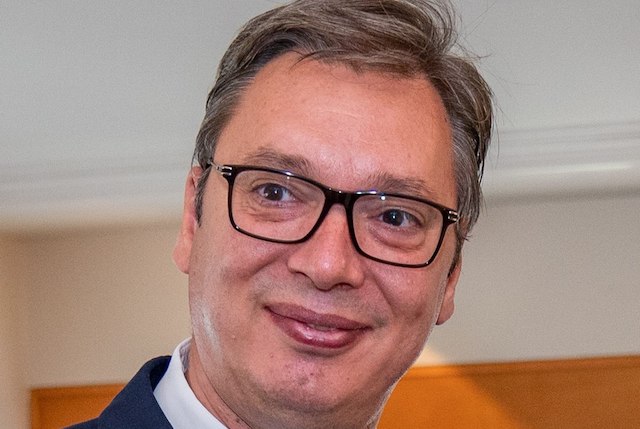
Former Serbian president Slobodan Milosevic was charged with war crimes for his role in the 1995 genocide in Bosnia-Herzegovina. He was on trial from 2002 until his death in 2006. Like Milosevic, his successor Aleksander Vucic is an authoritarian who controls his country’s press.
However, he tolerates dissenters, and he is strengthening Serbia’s relationships with other European countries. His popularity is primarily due to his success in bringing stability to Serbia. Supporters of the opposition party leader, Boris Stefanovic, demanded Vucic be ousted from the presidency in 2019, but his Serbian Progressive Party is still very popular. It would most likely easily retain its parliamentary majority if elections were held today.
6. Vladimir Putin (Russia)

Russian president Vladimir Putin’s popularity is currently declining due to Russia’s domestic struggles. The U.S. imposed sanctions are stagnating the economy. The annexation of Crimea temporarily stabilized Putin’s popular support. Nonetheless, 60,000 Russians marched to protest Putin’s policies in 2019, the largest number of dissenters he has faced since he reclaimed the presidency in 2012.
However, this lack of popularity is uncharacteristic of Putin’s nearly 20 year presidency (including his shadow presidency during the Dmitri Medvedev administration, when he officially served as Prime Minister). A former intelligence operative, Putin controls the press, spies on his people, and poisons his enemies. By crushing dissent, he creates stability. Russians who remember the fall of the Soviet Union in 1991 value stability, and they prize Putin’s ability to provide it.
5. Gamal Abdel Nasser (Egypt)
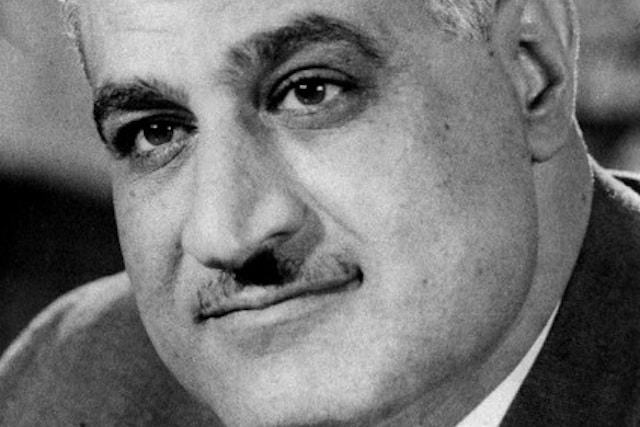
Egypt’s Gamal Abdel Nasser was an ambitious and charismatic leader. He was also an accomplished military general. Like many leaders on this list, he surveiled his own citizens. However, he also earned their respect by bringing socioeconomic and sociocultural reforms to Egypt. He nationalized the Suez Canal, ensuring his own country would profit from its own prized travel route, the Nile River.
His land reforms created an Egyptian middle class. He granted women the right to vote. He denied his citizens many personal freedoms, but the sociopolitical and socioeconomic advances he brought to Egypt weakened the effects of British colonialism.
4. Imelda Marcos (The Philippines)
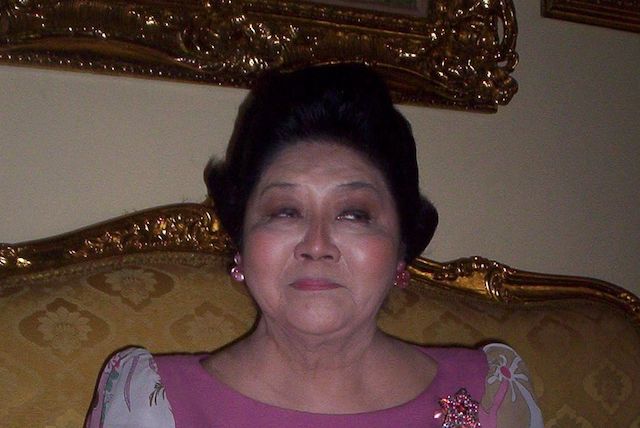
Unlike many of the people on this list, Imelda Marcos never officially ruled her country. Marcos is the widow of a former president of the Philippines, the authoritarian Ferdinand Marcos. During his presidency, his wife’s beauty, stylishness, and unrepentant commitment to excessive spending fascinated reporters worldwide. In 2018, Marcos was convicted of corruption. Her husband and she allegedly enriched themselves by funneling $200 million of government money to Swiss front foundations during Marcos’ presidency. (She’s appealing the charges, and will be permitted to continue to serve as a congresswoman in her country’s House of Representatives unless it ends in conviction.)
Despite the accusations of corruption, Marcos is a popular public figure. When she travels, children and vendors line the streets to see her, and she gives money to them. Marcos uses her charisma to obtain power. Because of her support for the Philippines’ current authoritarian president, Rodrigo Duterte, her son, Bongbong Marcos, is the Vice President in his administration.
3. Josip Broz Tito (Yugoslavia)

Josip Broz Tito maintained stability in Yugoslavia even while guiding his country through socioeconomic transitions. Later in his rule, he supported workers’ self-management as part of his concept of communism. He remained an ally to the Russian leader, Joseph Stalin, while shielding Yugoslavia from the socioeconomic instabilities caused to former Soviet allies by the collapse of the Soviet Union in 1991.
Tito controlled all of the warring ethnic factions in Yugoslavia. After his death in 1980, the region destabilized. One example of such destabilization is the previously mentioned Serbian geocide in 1995. Still, Tito generally remains idealized. His birthday is celebrated annually in Bosnia.
2. Dr. Hastings Kamuzu Banda (Malawi)
Dr. Hastings Kamuzu Banda ruled Malawi for over 30 years. He was the country’s first president, and he brutally executed any possible political opponents. Banda didn’t grant his citizens any personal freedom, but he brought them increased economic stability by improving his country’s infrastructure and strengthening its agricultural economy.
The British appreciated his Western sympathies, but he was also admired by other African reformers, most notably South African activist and president, Nelson Mandela. He was voted out of office in 1994 and died in 1997.
1. Eva Perón (Argentina)

Argentina’s first lady, Eva Perón, was so popular that even the British Broadway composer Sir Andrew Lloyd Webber noticed her. Webber released Evita, a musical about her life, in 1978. Like most of the leaders on this list, Juan and Eva Perón were authoritarian dictators. Though his wife never held an official position in the government, Perón allowed Evita to act as his unofficial Minister of Health and Labor.
A former struggling actress who had lived in poverty for most of her life, Evita supported policies that strengthened unions, and funds from her Eva Perón Foundation were used to build schools, orphanages, hospitals, and nursing homes. Evita died of cancer in 1952, but she remained beloved by the Argentinian working class. In fact, she was so popular that Juan Perón’s third wife exhumed Evita’s remains and had them reinterred beside the deceased president’s. She hoped the gesture would win her the favor of the working class.
2 Comments
In 1206 ad there was no country by the name of Pakistan.Pakistan came into existence in 1947 only.
Thank you for your comment, Praveen! Many of the countries I listed in that section didn’t exist under their current names, or even their current geographical formations, in 1206 A.D. I used their current names to avoid narrative confusion. Therefore, I’m especially sorry for any narrative confusion I might have caused. 🙂